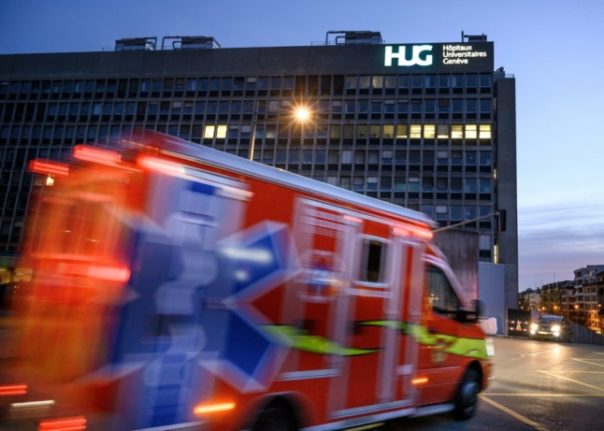Coronavirus pandemic notwithstanding, Switzerland gets high scores as a safe tourist destination this summer.
This is the finding of a study carried out by a French tour operator, which rated 28 European countries based on health, security, homicide rate, robberies and fatal traffic accidents.
The survey gathered data from sources such as EuroHealth Consumer Index, Global Peace Index, and the EU Statistical Office Eurostat.
Based on the five criteria used in the survey, Switzerland ranks in the second place behind Norway.
Neighbour Austria ranks in the seventh place, Germany in the 10th, Italy in the 20th, and France in the 22nd.
However, when examined individually, Switzerland does better in some categories than in others.
For instance, it is in the first place in terms of health, and in the second for security and road safety.

But, it drops to the ninth place for thefts and to the sixth for homicides.
This is not the first study that has given Switzerland a thumbs up in terms of safety.
In 2019, a travel security risk services company International SOS, ranked Switzerland as “one the safest countries in all categories, including infectious diseases, political unrest, and road safety”.
READ MORE: IN NUMBERS: Which Swiss cities have the highest crime rates?
How Covid safe is Switzerland?
The study did not however take into account specific metrics related to the Covid pandemic.
In the first wave of the pandemic in June 2020, Switzerland was found to be the world’s safest country for coronavirus because of the resilience of its economy and “the careful ways in which it is attempting to relax lockdown and economic freezing mandates without sacrificing public health and safety”.
Since then, while Switzerland’s management of the pandemic has been mixed, numbers are again low and the country is accepting visitors from most parts of the globe.
Travel: What documents do tourists need to visit Switzerland?
As at July 14th, Covid numbers are relatively low, although they have been on the rise recently due to the more contagious Delta variant.
As the Local reported on Tuesday, the variant accounted for 77.5 percent of the total cases, according to data from the Federal Office of Public Health (FOPH).
At the same time, the number of new daily infections reported by FOPH on Tuesday stands at 483, triple what it was at the beginning of July.
READ MORE: Delta variant responsible for nearly 80 percent of new cases in Switzerland
Switzerland relaxed Covid measures on June 26th, both domestically and by allowing international arrivals.
More information on the current Covid rules in place in Switzerland is available here.



 Please whitelist us to continue reading.
Please whitelist us to continue reading.
Member comments